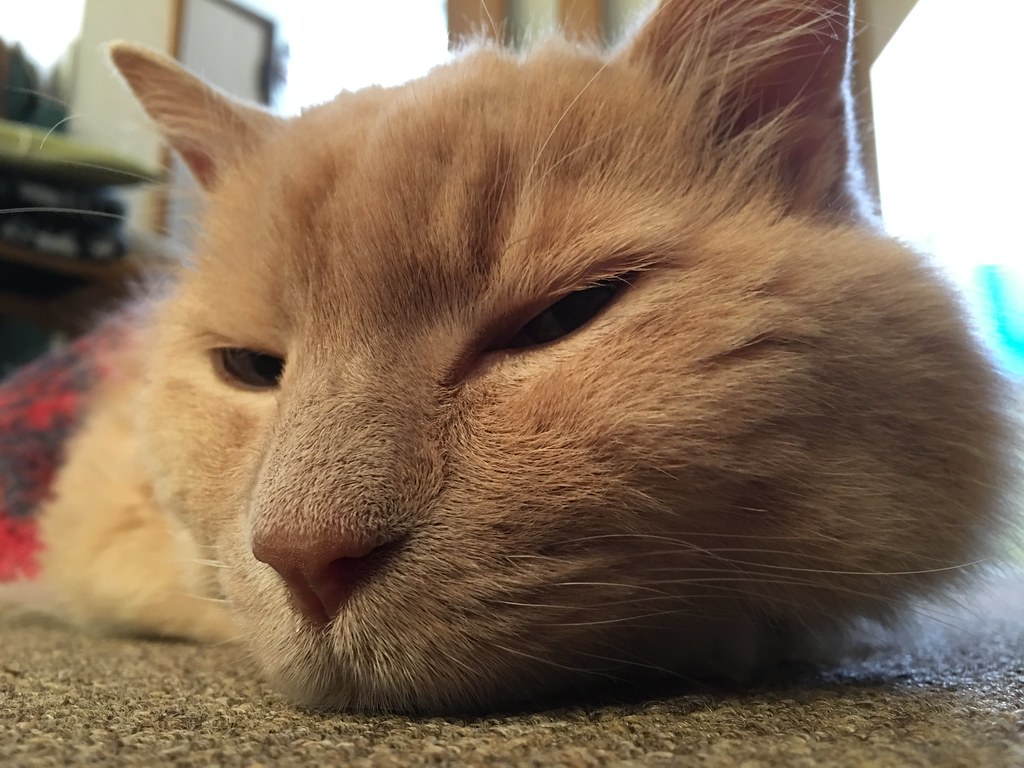When we talk about planes in photography, we refer to the portion that our scene or protagonist occupies within a frame. Planes are used in film, photography, and drawing, and are capable of conveying emotions and a completely different narrative to one another.
The very close-up is one of the most dramatic shots when it comes to making us connect with the protagonist of a scene, it shows us a frame occupied by a face without context, so we are going to perceive the protagonist's emotion intensely.
It is a very attractive plane both for your photographic portraits and for your videos, paintings, comics, etc., so let's see it in depth, do you feel like it? Come on .
WHAT IS AN EXTREME CLOSE-UP?: DEFINITION
A very close-up is a type of shot that is characterized by framing the subject from the forehead to the chin. It is widely used in film, photography and comics, and is characterized by its drama and emotion due to the proximity to the subject's face.
This plane is also known as big close up or PPP, so if you see it written like that, you know what it means .
TYPES OF SHOTS FOR PORTRAIT
The very first close-up is framed within the portrait shots . The main differences between one and the other are the portion of the frame that the subject occupies and the emotions that the viewer derives from it.
Here you can see the most used shots in short portrait:
- Bust plane or short medium plane
- Foreground
- extreme close up
- Detail plan
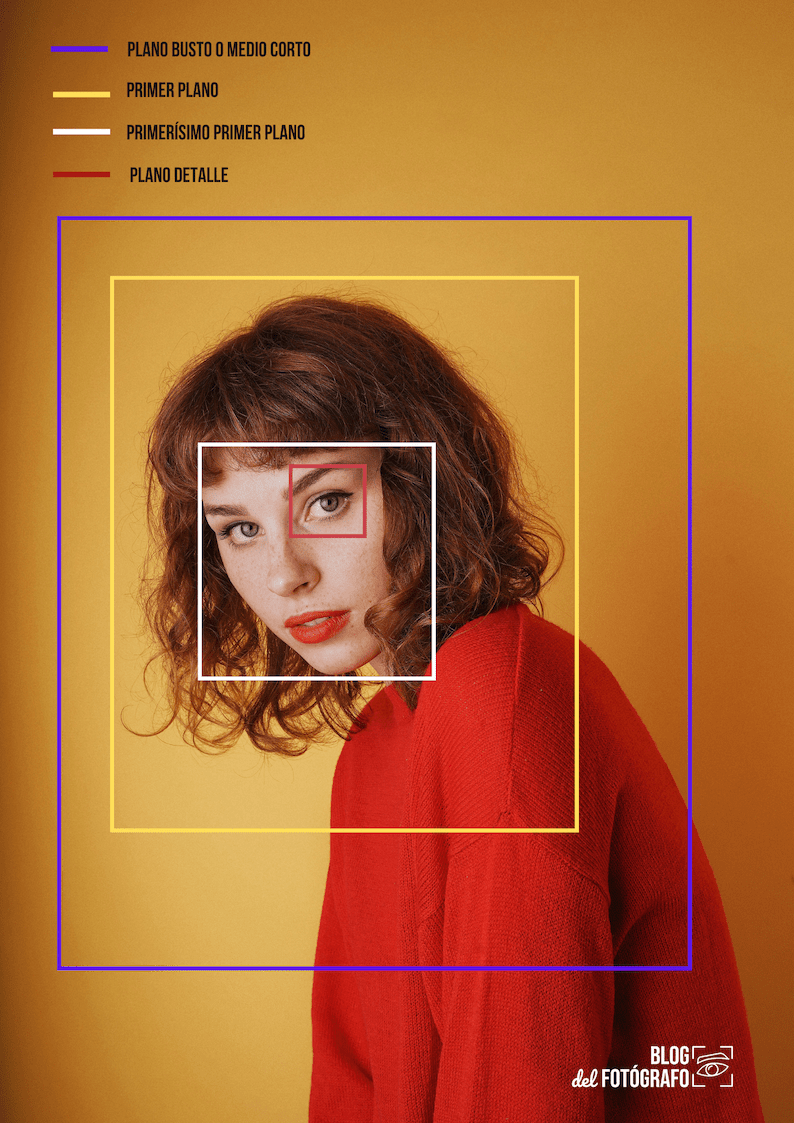
Although you have other more open plans such as:
- medium shot or waist
- Flat 3/4 or American
- Whole plane or figure
- General plane
- Wide shot or long shot
You can take a look at our article on photographic plans to see them in depth.
HOW TO DO A VERY CLOSE-UP?
To take a very close-up, the first thing you must be clear about is that with this framing you are going to generate a lot of tension and drama.
To take this type of shot, you need to frame your subject from forehead to chin, making their face fill the frame completely.
You can get this plane in horizontal format and in vertical format.
EXTREME CLOSE-UP HORIZONTAL SHOT
When we frame horizontally, the frame cuts approximately on the forehead and chin.
As you can see in the following images, the expression occupies the entire scene and makes us focus on the emotions that the face of the person portrayed transmits to us.
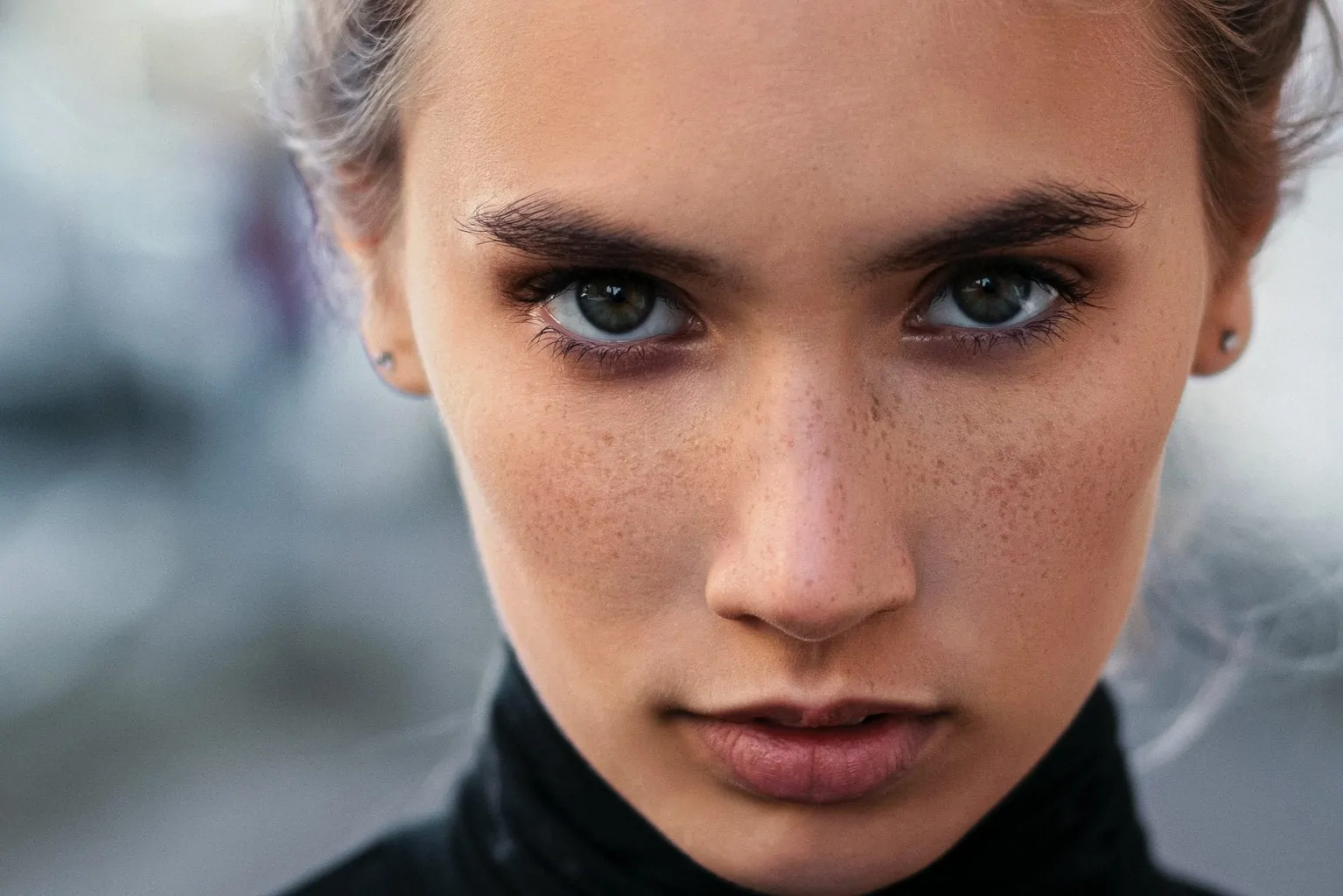
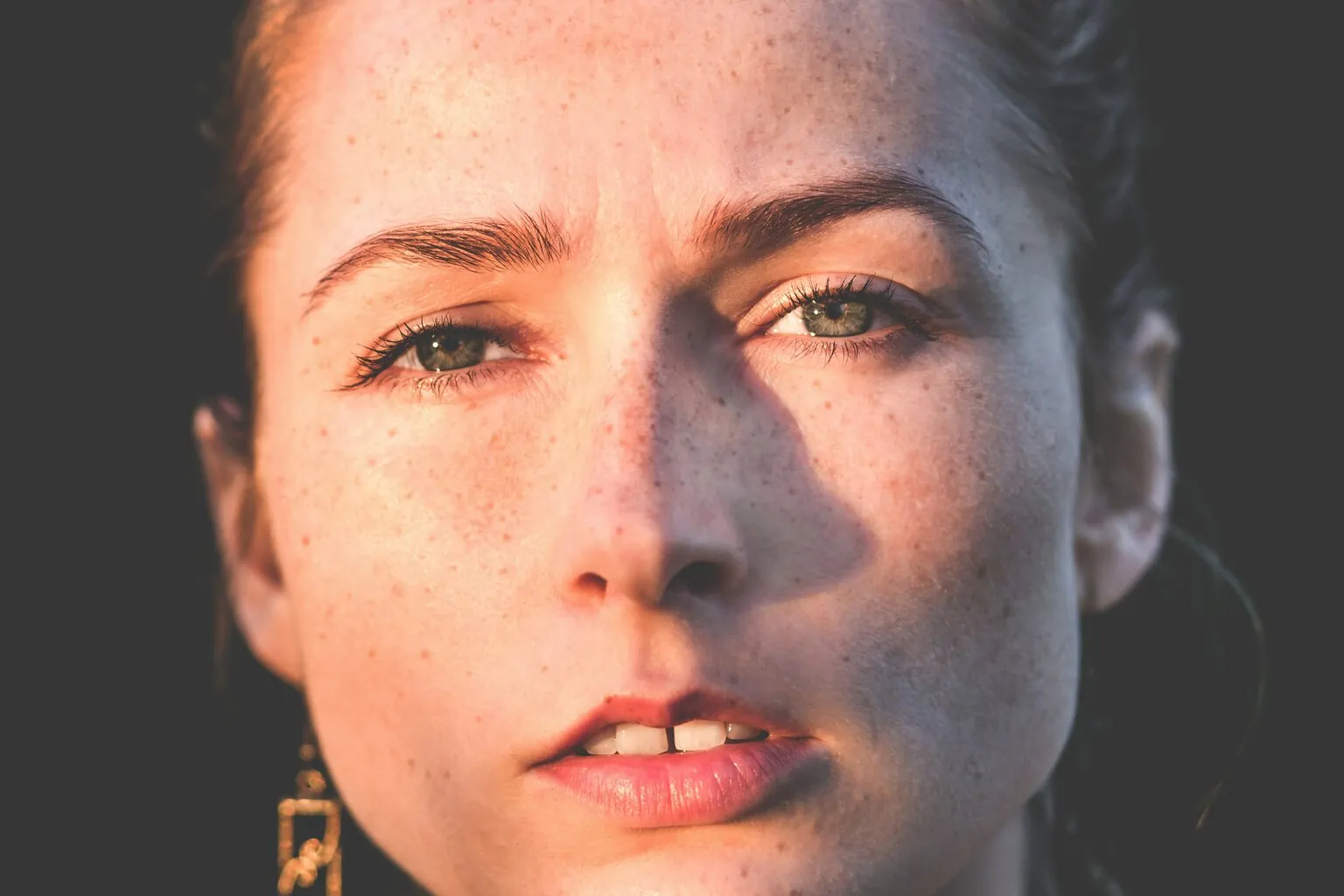
EXTREME CLOSE-UP VERTICAL SHOT
When we frame in portrait format, this type of plane goes from the forehead to the neck approximately.

THE BEST GOAL
To get this kind of shot, I recommend a low distortion lens unless you want a more dramatic effect.
The objectives that I recommend the most are, for example:
- Standard: 50mm
- Short Tele: 85mm
- Tele lens: 105mm or 200mm

Depending on the focal length, you will have to get more or less closer to your subject, something to take into account for shots as close as this one.
Also, the focal length will influence the blurring of the background; the more focal length, the more blur.
You already know that the focal length will depend a lot on whether your camera is Full Frame or full format, or you must apply some conversion factor (x1.5 or 1.6), since in the latter case, the focal lengths increase.
If you don't know what I'm talking about, here it is perfectly explained. And if you're looking for the best portrait lens, don't hesitate to take a look at our portrait lens guide .
IDEAL DIAPHRAGM OPENING
The aperture of the diaphragm influences both the amount of light that we let through to the sensor, and the degree of blur (image depth) that our image will have.
The ideal for a very close-up is that you try to make the background very out of focus. If you have a bright target, you're in luck, if not, open it as wide as you can.
Of course, make sure to focus well on the eyes, in such a close shot, the blur is obvious. To do this, I recommend that you use a spot focus mode and that you set your camera to focus priority (your camera will not shoot until it sees that the image is well focused).
EXTREME CLOSE-UP LIGHTING
Lighting in photography is key, also for working on plans.
To illuminate this type of portrait, you must take into account what type of light you are going to use:
- natural or artificial
- Soft or diffused, or hard light
- Soft or diffuse light: It generates few shadows and a homogeneous light with little contrast.
- Hard light: Generates very marked shadows and a lot of contrast in the image.
- Depending on the shooting angle
- Frontal: The light falls from the front, creates few shadows and textures.
- Lateral: The light falls from the side, generates volume and texture in the face.
- Semilateral or 45º: One of the most used lighting. Generates textures and depth.
- Aerial or chopped: The light falls from above, generates shadows under the eyes and nose and a lot of contrast.
- Contrapicado: It is an unnatural light since it falls from below, something difficult to find in the natural world. Inverts shadows generated with a zenith angle.
- Backlight: Light is behind the subject and in front of the camera. In this type of plane that we want to work with, I would only use it in profile, because what it does is highlight the silhouette.
- Semi backlight: The light falls at an approximate angle of 135º, it is used to outline the person.
EMOTIONS THAT IT TRANSMITS
We have already gone over the main characteristics of this type of framing, but let's summarize them:
- It is a shot loaded with drama since the face occupies the entire frame.
- Its main objective is to convey the emotion of the protagonist.
- It is a very intimate shot since it brings us closer to the subject in a very marked way.
- This type of shot can also be used to eliminate the background when you need it and thus focus all your attention on the subject, avoiding distractions.
EXTREME CLOSE-UP IN THE CINEMA
As you can imagine, this type of framing is also very common in cinema. In movies it is used, just like in photography, to highlight the protagonist's emotion above all else.
If we combine the performance of the protagonist, the music, etc., with certain lighting, it can convey some sensations or completely different ones.
If you are interested in the types of shots in the cinema, you will like this article: Types of Shots in the Cinema (With Examples Included) .
EXTREME CLOSE-UP IN PHOTOGRAPHY
In photography there are fewer elements than in cinema to convey the feelings or the narrative of a scene since we are faced with a static image without sound.
That is why it is so important that the elements that appear in the photographs make sense: the focus, the depth of field, and the lighting must be adequate to what we have decided to transmit with our photography.
More so in such a closed shot, where all the viewer's attention is focused on a very specific area of the frame.
EXTREME CLOSE-UP VS CLOSE-UP
These two types of shots differ in the degree of approach to the subject.
While the close-up shows the protagonist from the shoulders to the head, the very close-up shows him from the chin to the forehead.
Both are intimate shots, but obviously the closer we are to the protagonist, the more intimate and dramatic the shot is.

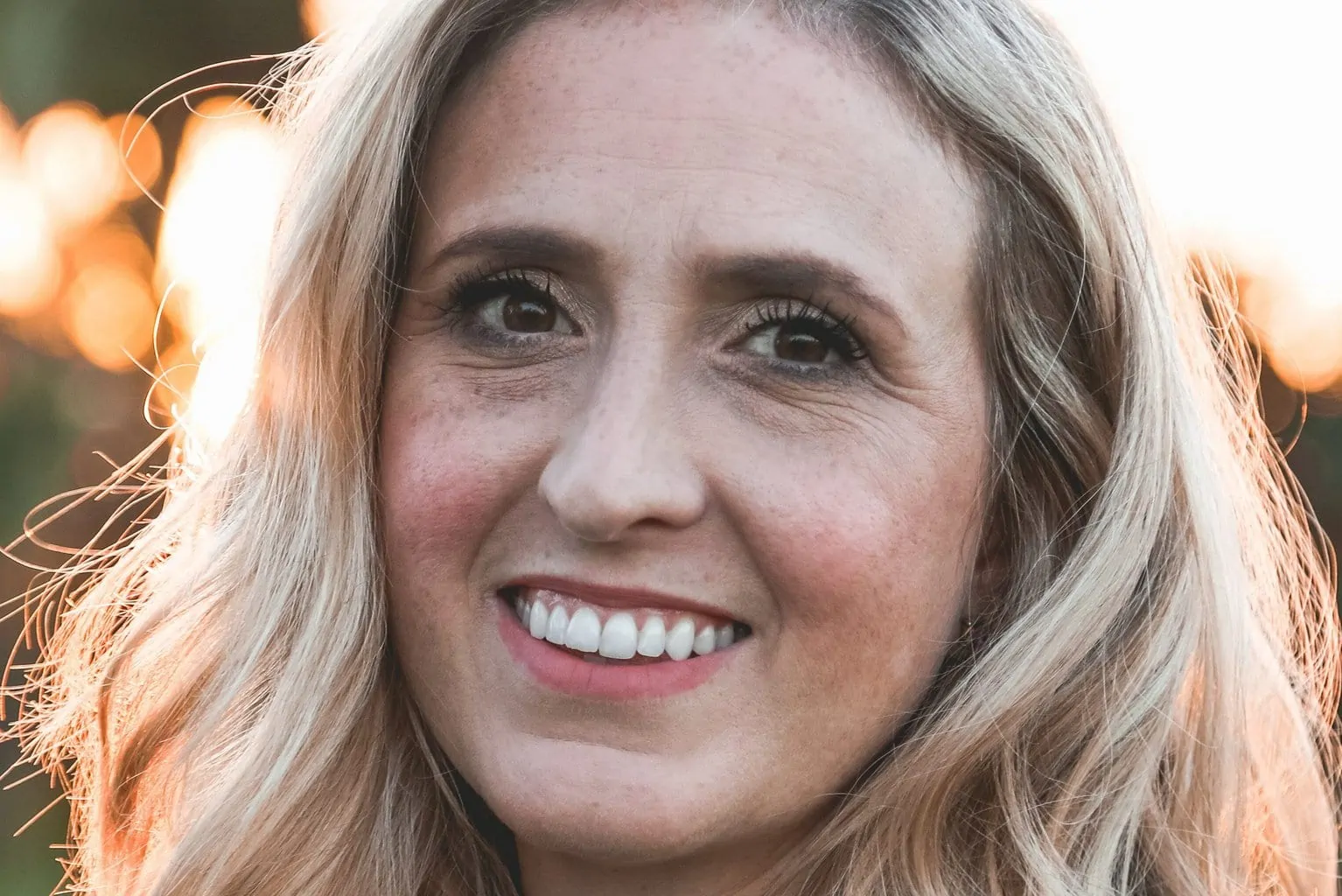
Also, with a close-up, we see some extra information like some background and clothing, whereas in a very close-up there is no information beyond the face.
EXTREME CLOSE-UP VS DETAIL SHOT
These two types of shots are also differentiated by the degree of approach to the subject. In this case, the detail shot focuses on a specific area of the face or body that we want to highlight.

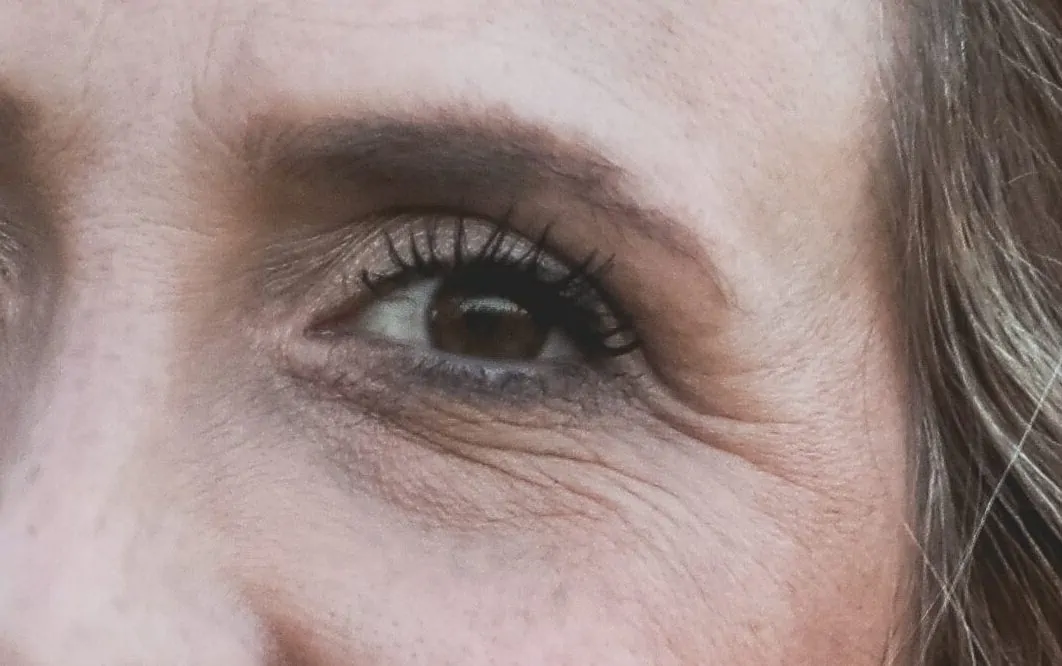
Do you dare to get closer to your protagonist and fill the image with his emotion? This type of shot is very powerful, so if you want to get deep, impressive and daring portraits, I recommend that you fill the frame with a volunteer

